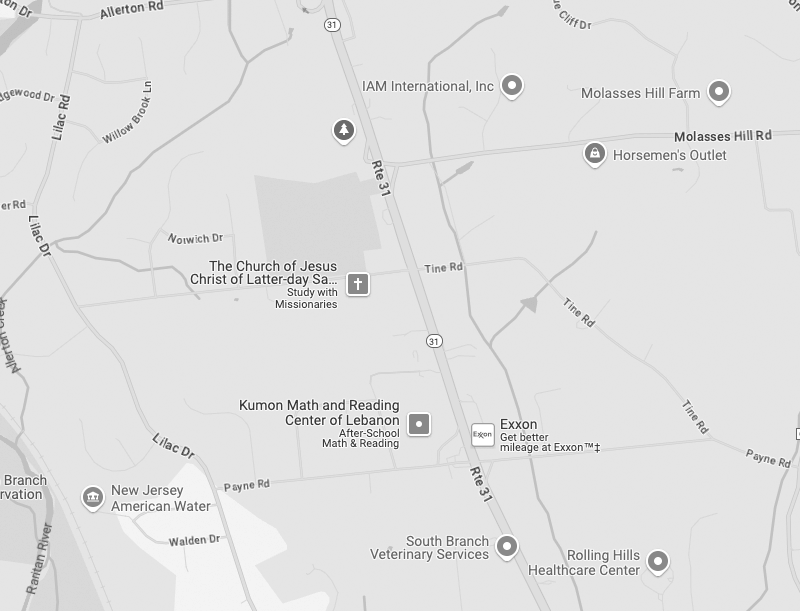February 20th, 2018
Most people hear the word root canal and panic. With today’s state of the art equipment and improved local anesthetic devices, and some knowledge, a root canal does not have to cause panic. Root canals are a common dental procedure, done quite often at our Lebanon, NJ office. Why do I need a root canal?…
Continue Reading
February 13th, 2018
When we think of Valentine’s Day, we think of cards, flowers, and chocolates. We think of girlfriends celebrating being single together and couples celebrating their relationship. We think of all things pink and red taking over every pharmacy and grocery store imaginable. But what Dr. DeCasperis and our team would like to think of is…
Continue Reading
February 6th, 2018
Imagine this scenario: you go to the dentist to have a cavity filled, and an hour after the procedure you have a runny nose, scratchy throat, and your arms are breaking out in blotchy, red hives. In other words, you’re in worse shape after the visit to the dentist than you were before you walked…
Continue Reading
January 30th, 2018
Depending on how long the thumb sucking or constant pacifier use continues, and how aggressively the child sucks a thumb or the pacifier, it can indeed be an oral health issue. Generally speaking, most children outgrow these behaviors or are able to be weaned off them successfully sometime between ages two and four. When children…
Continue Reading
